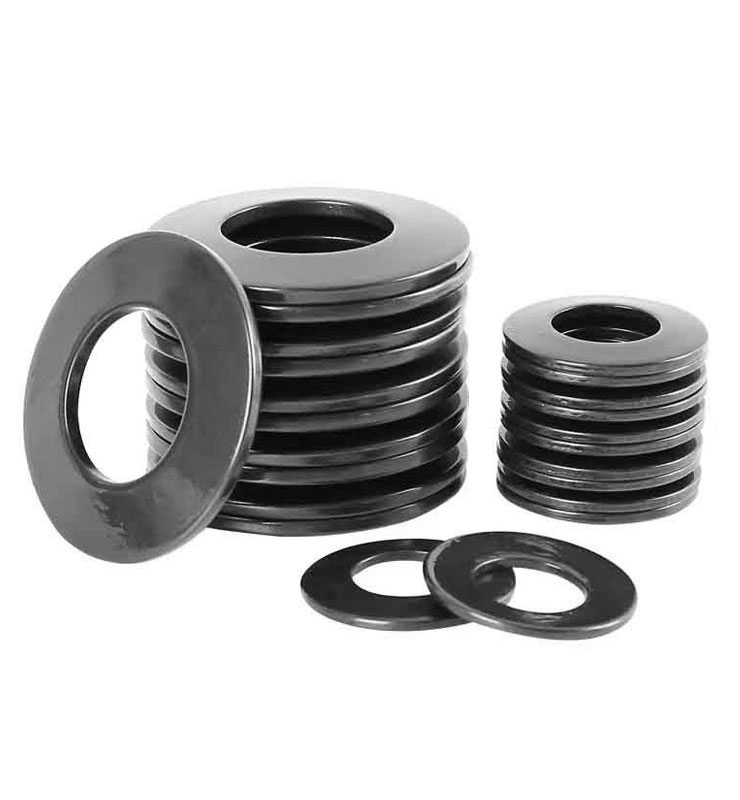
Disc Springs
A disc spring (also known as a Belleville spring) is a type of spring made from a flat, conical-shaped disc that provides a high load capacity in a compact design. Unlike traditional coil springs, which are typically wound into coils, a disc spring is shaped like a washer or a thin, cupped disc that can be stacked together to achieve the desired spring force.
Key Features of a Disc Spring
- Shape: The spring has a conical, disc-like shape, which allows it to deflect or compress under a load. Its unique shape gives it the ability to withstand high pressures in a relatively small space.
- Load Capacity: Disc springs can support significant forces despite their compact size. They are typically used in situations where a high load capacity is needed but space is limited.
- Material: Like other springs, disc springs are made from high-quality steel (often alloy steel or stainless steel) for strength, durability, and the ability to handle repeated cycles of compression or deflection.
- Design Flexibility: Disc springs are often used in stacked configurations, where several disc springs are arranged in a way that allows them to share the load and achieve the required spring force. The amount of force a disc spring can provide depends on the number of discs, their thickness, material, and the degree to which they are deflected.
Applications
- Automotive: Commonly used in clutch systems, suspension systems, and pressure relief valves.
- Industrial: Used in machinery for absorbing shock or vibration, as well as in applications requiring a compact yet powerful spring force, such as bearing preload systems or mechanical actuators.
- Aerospace and High-Performance Equipment: Because of their small size and high load-bearing capacity, disc springs are often used in precision equipment and heavy-duty machinery.
- Electronics and Devices: Can be found in devices that require a small but high-force spring, like in some mechanical fasteners and switches.
How It Works
When a load is applied to a disc spring, the conical shape allows it to deflect, compressing in a way that stores potential energy. The amount of deflection depends on the load applied, and the spring force increases as the disc is compressed. The spring then returns to its original shape when the load is removed.
Enquire NowAdvantages of Disc Springs
- High Force in a Compact Size: They can generate high forces without requiring large amounts of space.
- Stacking Ability: Multiple disc springs can be stacked in series or parallel to increase or adjust the spring force, providing more flexibility in design.
- Resilient under Heavy Loads: Disc springs are effective in applications where high loads and repeated cycles are common, as they can endure fatigue better than some other spring types.
- Variable Spring Rate: The force they provide can be adjusted by changing the number of stacked discs, their thickness, or the amount of deflection.
A disc spring is a flat, conical-shaped spring that is capable of carrying high loads in a compact form. Its unique design allows it to be stacked for additional force and is used in a variety of applications where high-load, space-efficient springs are required, such as in automotive, industrial, and aerospace systems.
Enquire Now
